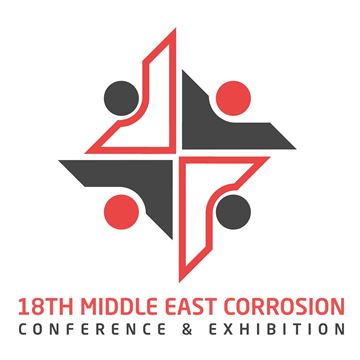Search
Products tagged with 'mic'
View as
Sort by
Display
per page
TM0106-2016-SG, Detection, Testing, and Evaluation of Microbiologically Influenced Corrosion (MIC) on External Surfaces of Buried Pipelines
Product Number:
21248-SG
ISBN:
1-57590-206-0
Publication Date:
2016
$109.00
Validation of a New Thin-Film Culture Device for Detecting Sulfate-Reducing Microbial Species
Product Number:
MECC23-19975-SG
Publication Date:
2023
$20.00


